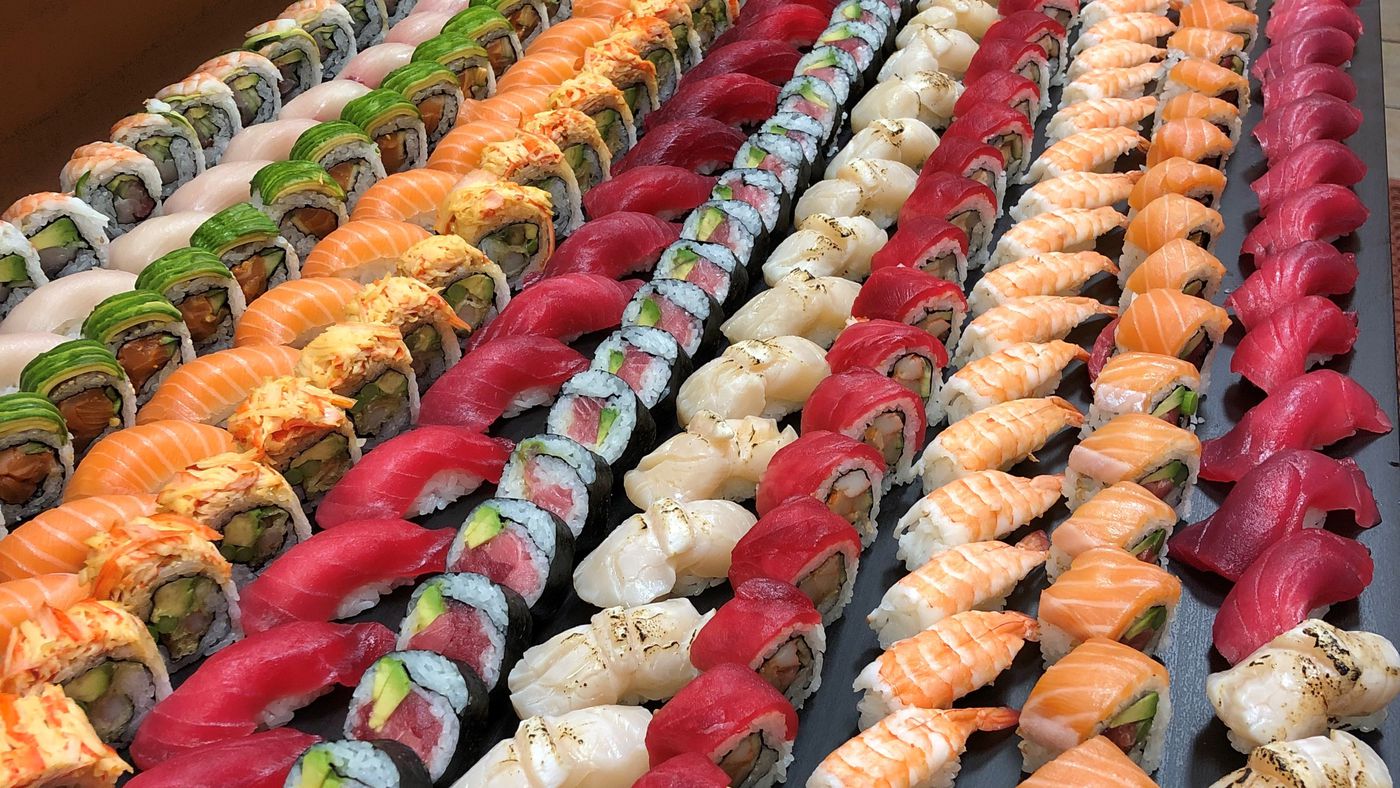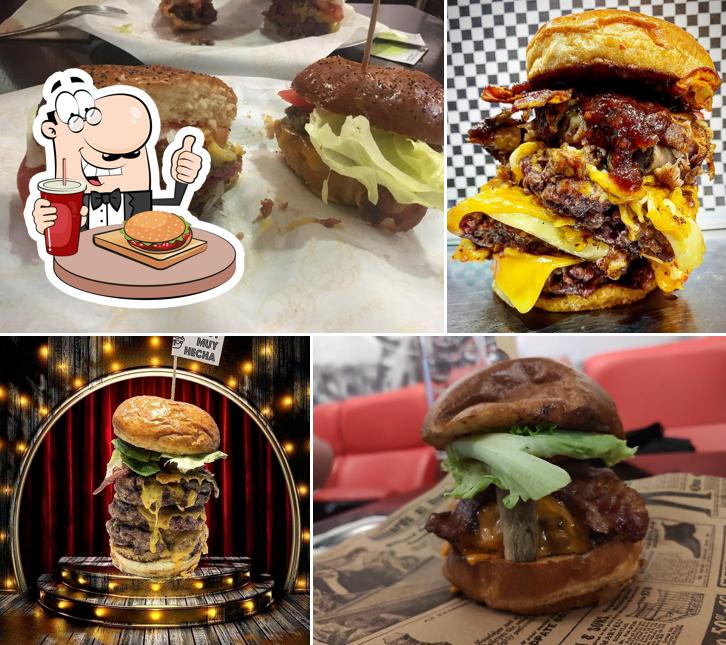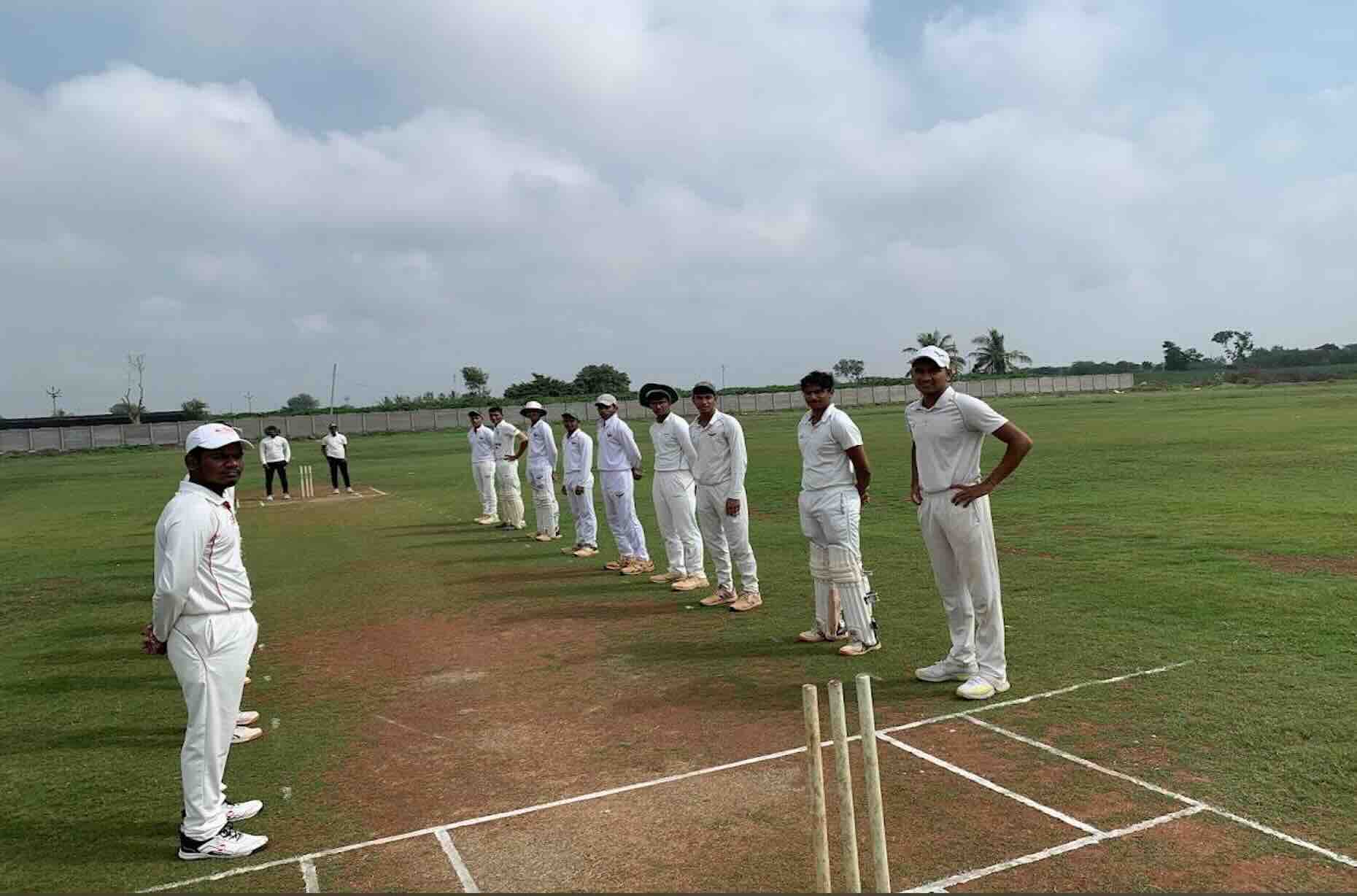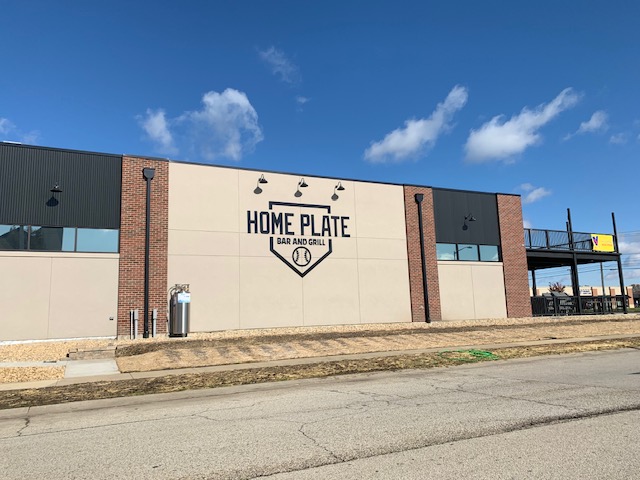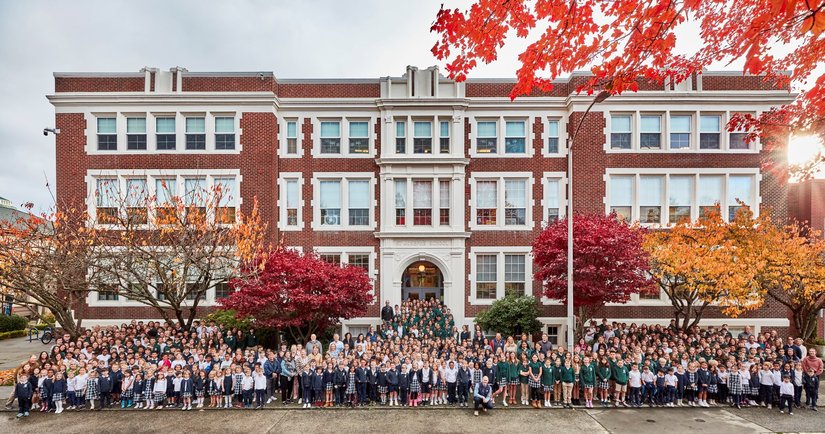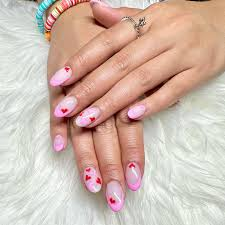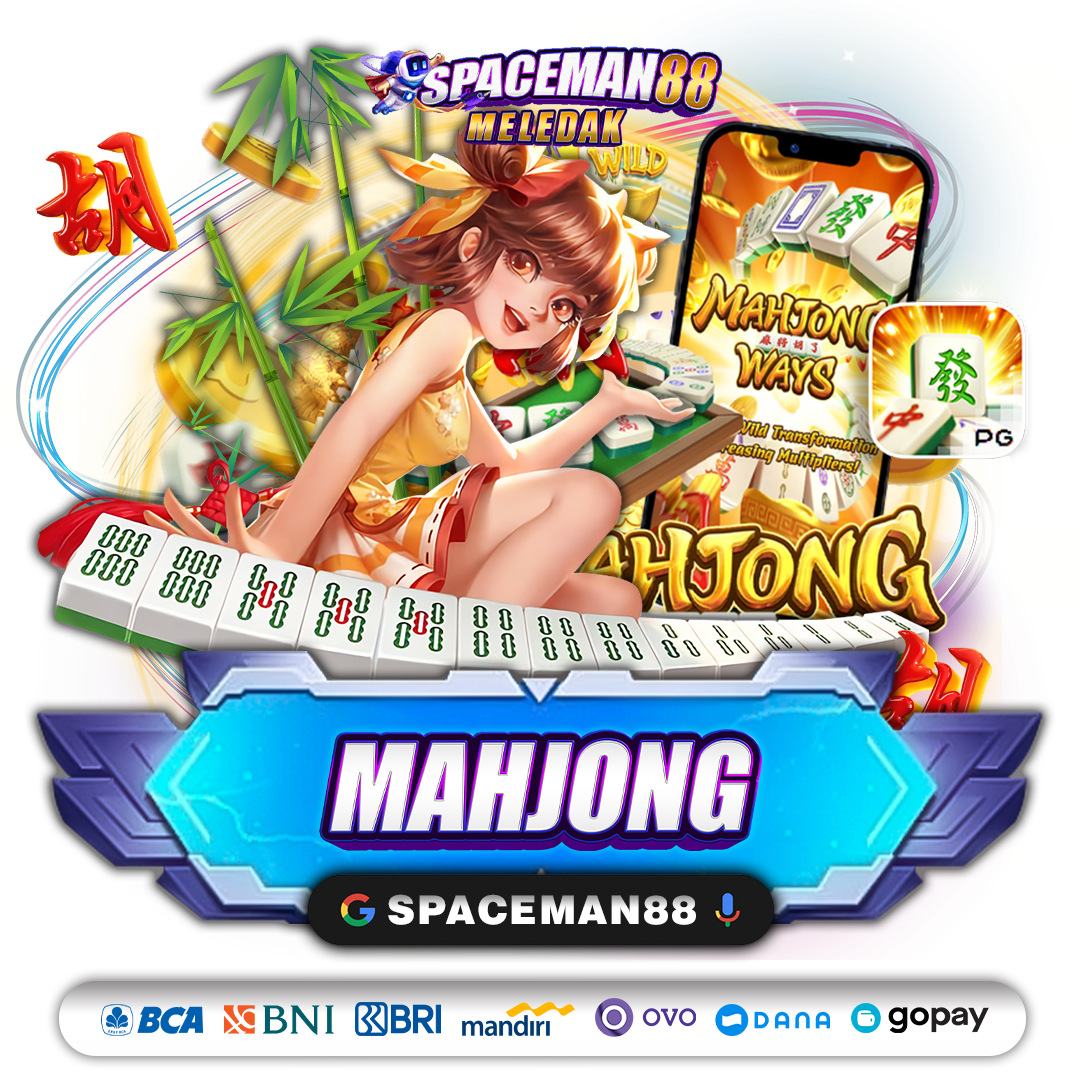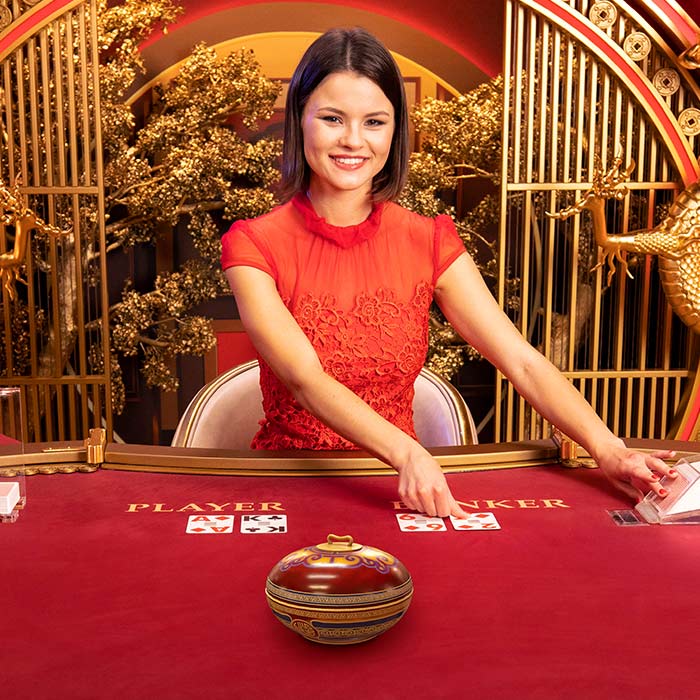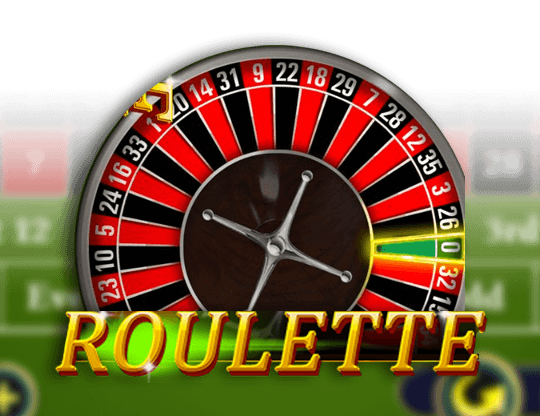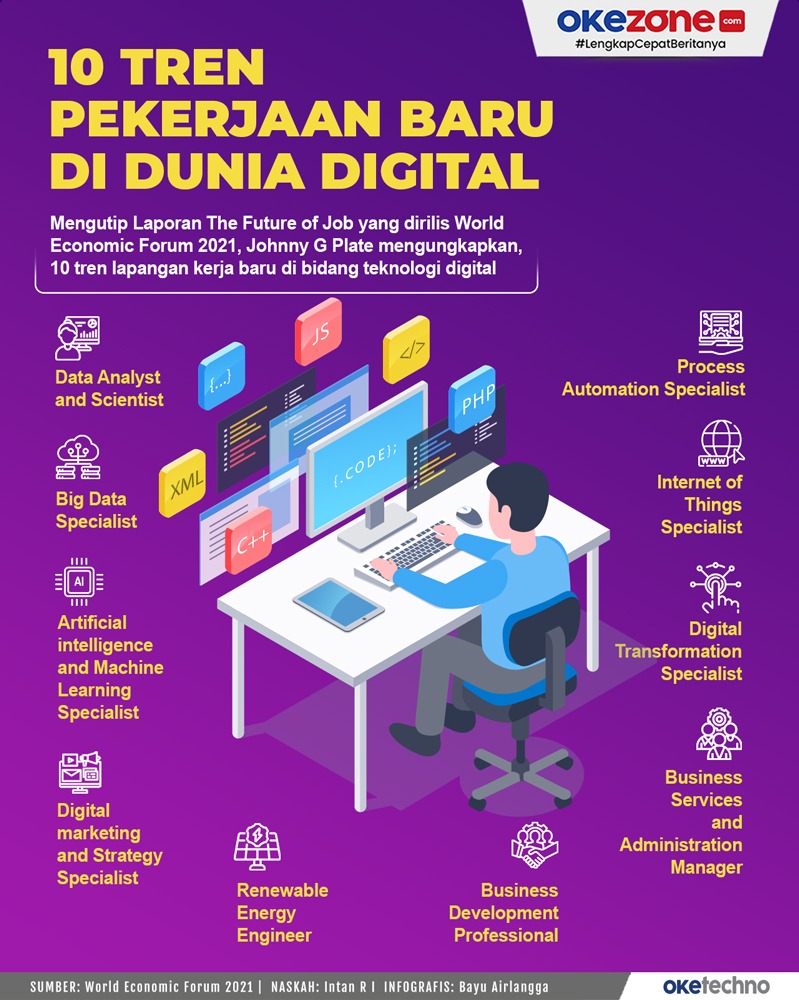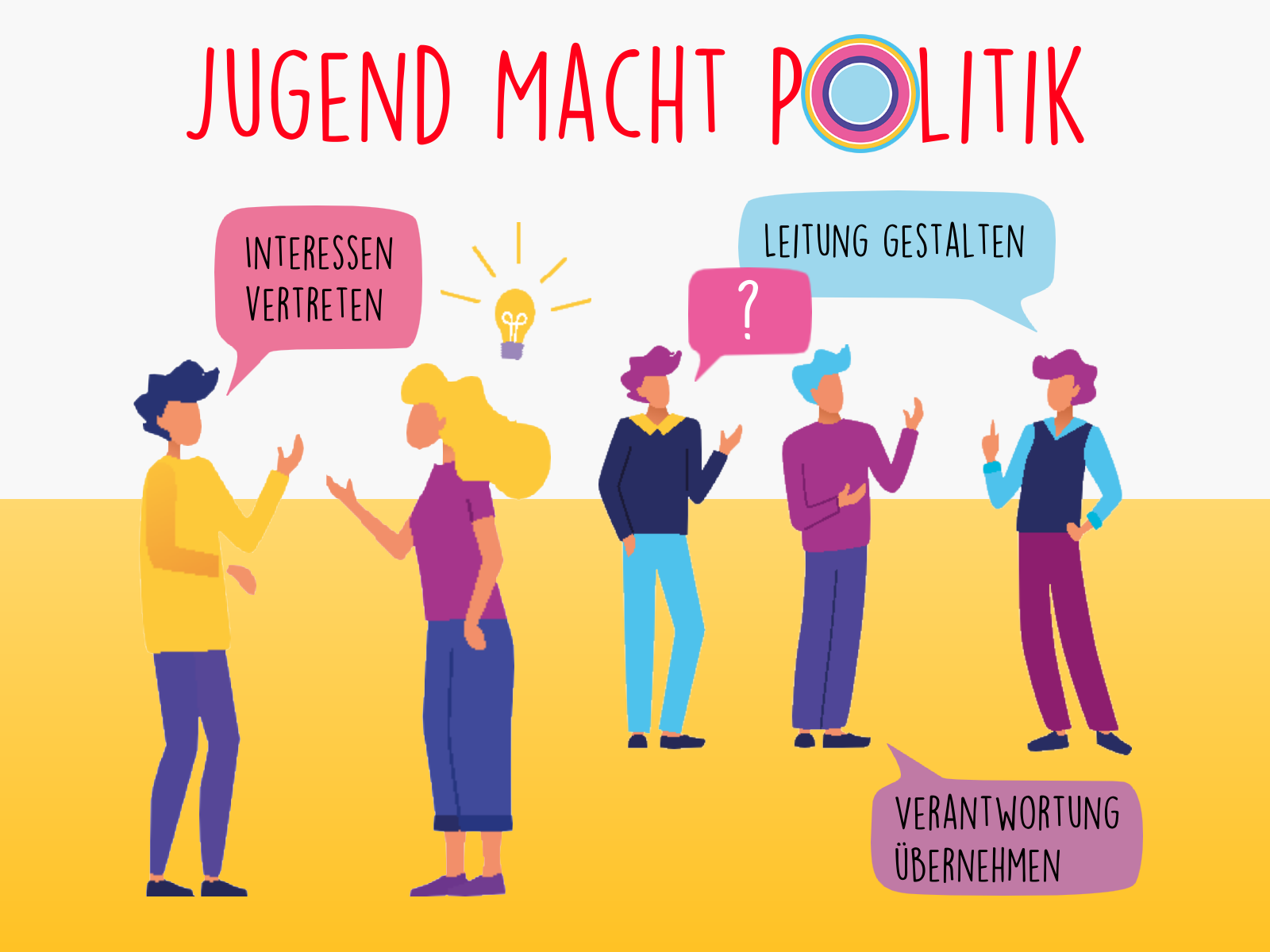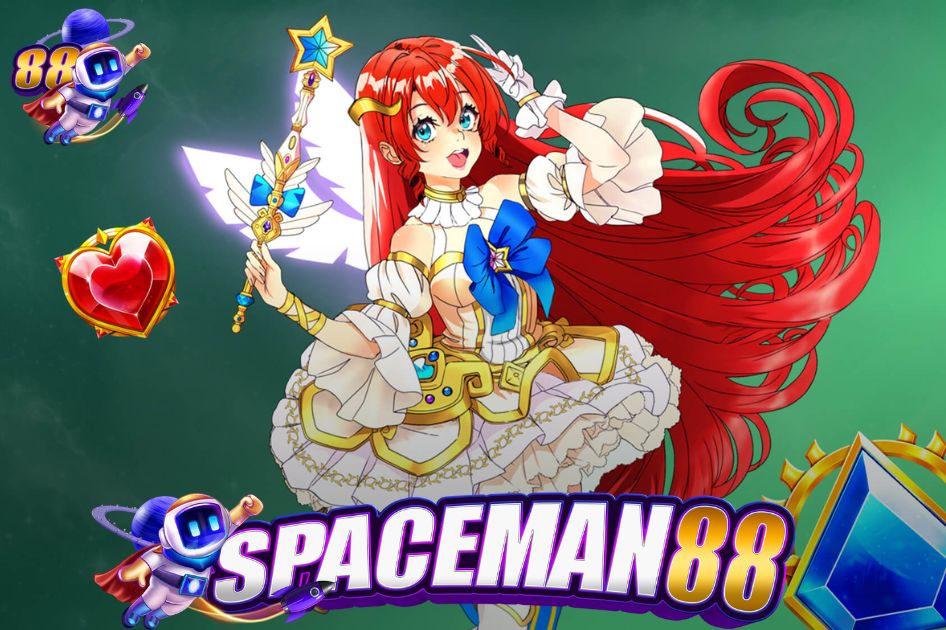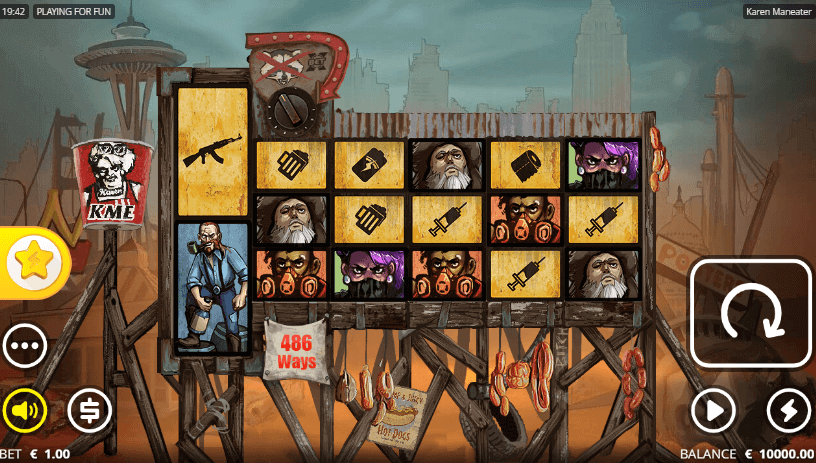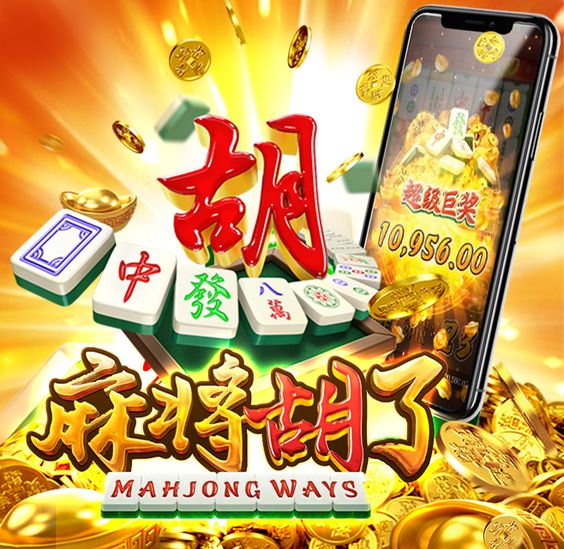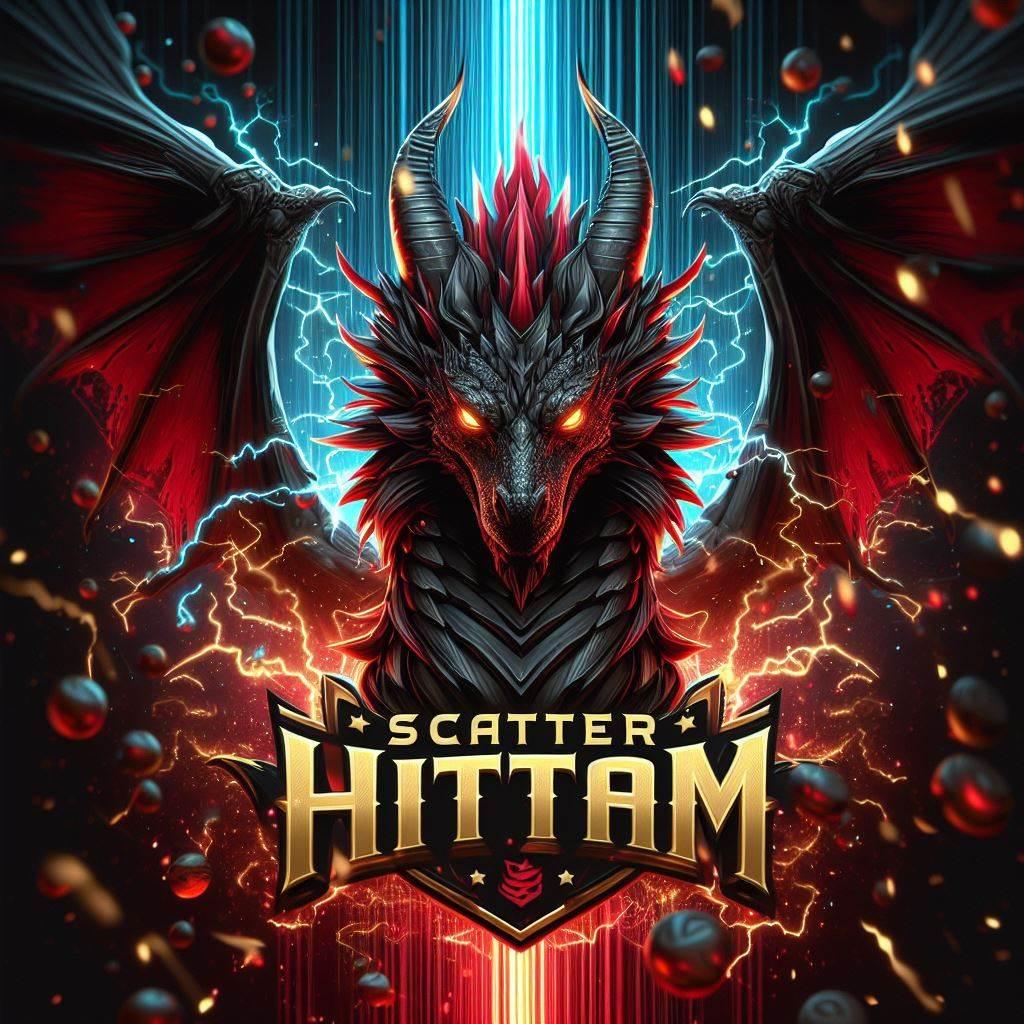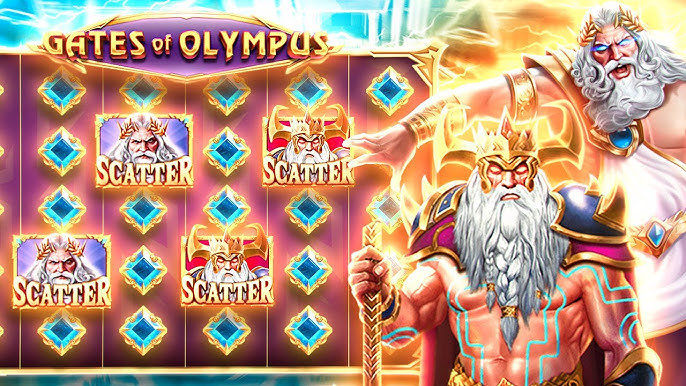Empire of the Sun artwork
Enhance your LinkedIn profile with a polished, tailored cover photo that aligns with your professional image. Showcase your expertise and set the tone for your profile with a design that speaks to your career achievements ton coin.
Make sure your LinkedIn Background image combines your personality with your skill set to help you stand out from the rest! Each touch point is a chance to make a lasting impression on potential employers and business connections.
Looking to make an unforgettable first impression on your Facebook page or personal profile? A standout professional cover is your answer! Dive into a world where your creativity meets convenience with the Desygner app. The next time inspiration hits, just snap a photo, launch the app, and effortlessly upload your masterpiece. With just a few taps, you’ll be on your way to designing a cover that captures your audience’s attention and sets you apart. Don’t just blend in – shine bright with Desygner!
Release art
Research shows organizations embracing agile practices can boost productivity up to 62%1 With ARTs, teams are aligned around common goals and coordinated through regular planning sessions, which enhances transparency and accountability.
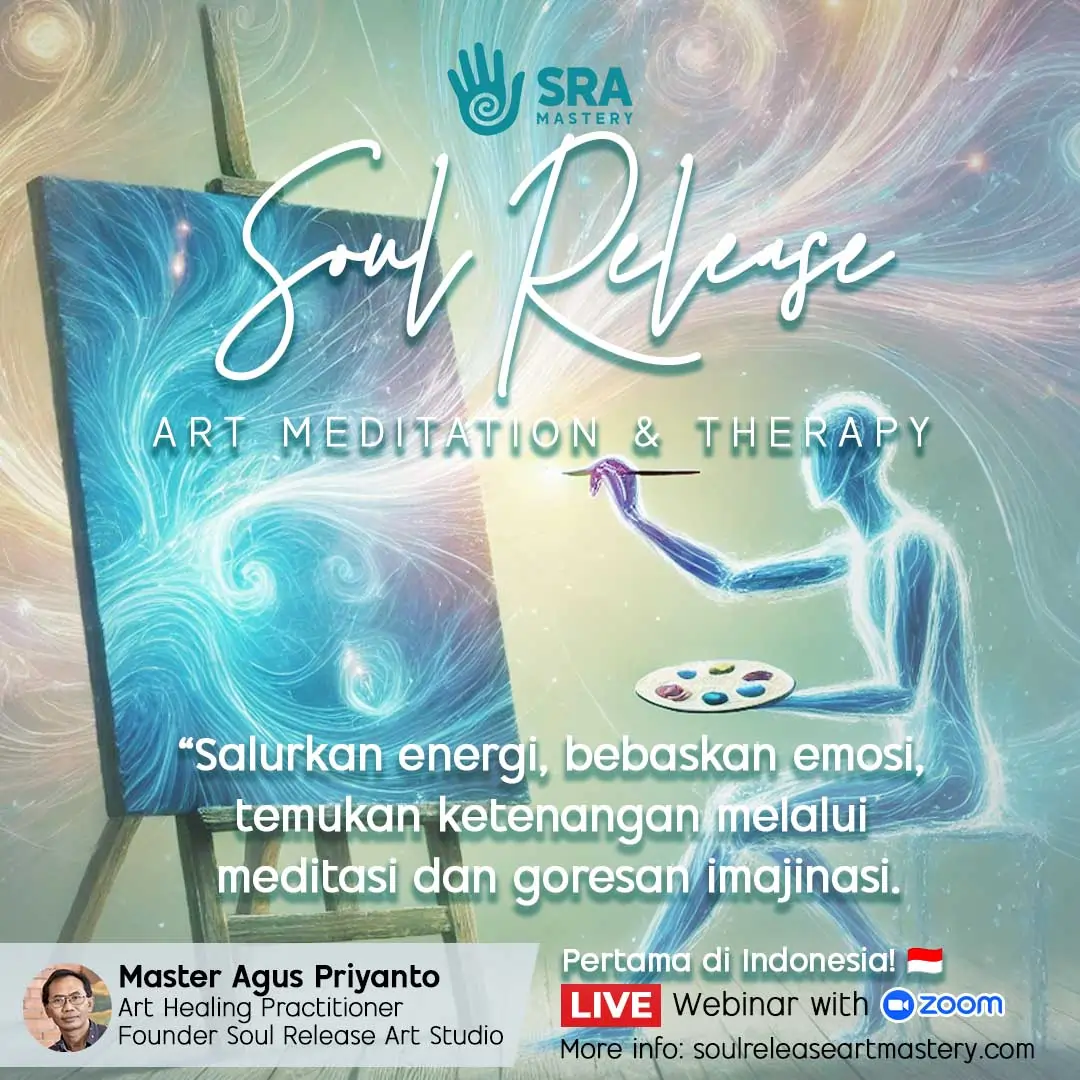
Research shows organizations embracing agile practices can boost productivity up to 62%1 With ARTs, teams are aligned around common goals and coordinated through regular planning sessions, which enhances transparency and accountability.
Tracking progress is key. ART metrics and KPIs help convert these deliverables into numbers that tell the story of your team’s performance. Common KPIs include delivery velocity (how fast teams meet their PI objectives), quality indicators (such as defect rates and user satisfaction from demos), and synchronization scores that reflect how well teams are coordinating their efforts.
System Architect – Technical Guidance and Oversight: The System Architect is the technical compass of the ART. They ensure the overall architecture is scalable and robust, providing clear guidance that aligns every team’s work. This role is crucial for preventing technical debt and ensuring the system can evolve over time.
Balancing structure with creativity, the IP Iteration is a built-in “breathing space” at the end of each PI. During this time, teams experiment with new ideas, address technical debt, and plan strategically for the next cycle. This mix of innovation and planning fosters a creative environment while ensuring that long-term goals and immediate deliverables stay aligned.
On Day 2, teams lock in their commitments, adjust plans as needed, and set realistic targets. Companies that nail PI Planning often see team alignment and delivery efficiency improve, ensuring everyone is on the same page from the get-go.
Film graphic
Renowned prop master for The Grand Budapest Hotel, Robin Miller, had the pink Mendl’s boxes printed from a specialist in Berlin for the movie. Almost every scene in the 1930’s chapter in the film used these boxes in some way. The lettering was done by hand on every single one of these boxes, which is why when Robin Miller wrote the wrong spelling of patisserie on the boxes, no digital spellchecker corrected him.
The Tudors shows all graphic designers aspiring to work in the film industry just how important it is to maintain continuity through props and set design. When creating a movie, it is often challenging to film it in chronological order.
Perhaps one of the most influential movies for graphic design in film in recent times, The Grand Budapest Hotel has countless lessons for graphic designers. Ranging from skill to set design to props, the graphic design in the movie is what made it stand out. However, the most important lesson it has in store for graphic designers is about accepting failure.
While handmade scrolls and newspapers go largely unnoticed in a show like The Tudors or Penny Dreadful, they take center stage in a Wes Anderson movie where every frame is a perfectly symmetrical painting and the camera often zooms in and lingers on objects of importance. That sort of attention welcomes scrutiny, which we will talk about more later, but it’s a good place to jump into our interviews with other designers who, like Atkins, have gotten their hands dirty on the big and small screen and have useful insights into how it all works.
Retro graphic
The term “optical art” was coined by Time magazine in 1964 to describe a form of abstract art that created flowing illusions using positive and negative space. This then rapidly became an ongoing trend to utilize kaleidoscopic patterns trend in every design idea.
Picsart is a full ecosystem of free-to-use content, powerful tools, and creator inspiration. With a billion downloads and more than 150 million monthly active creators, Picsart isn’t just the world’s largest creative platform; we’re also the fastest growing. Picsart has collaborated with major artists and brands like BLACKPINK, the Jonas Brothers, Lizzo, Sanrio: Hello Kitty, I am a Voter, Bebe Rexha, Maroon 5, One Direction, Warner Bros. Entertainment, iHeartMedia, Condé Nast, and more. Download the app or start editing on web today to enhance your photos and videos with thousands of quick and easy editing tools, trendy filters, fun stickers, and brilliant backgrounds. Unleash your creativity and upgrade to Gold for premium perks!
What’s more vintage than newspaper clippings and collages? If you want to stand out on social media platforms, you should try this amazing retro design idea. You can use a very modern photo and simply combine it with design elements from the past to achieve an authentic retro aesthetic.
Hippie and disco were just a couple of scenes that defined the trends of the 70s and made an impact in the visual world. They brought with them a wide range of patterns, motifs and themes iconic of the decade’s style – including disco balls, flowers, peace signs, and paisley patterns to name a few. And these motifs are definitely back in fashion this year!
The retro design also goes by the name “modern retro”, which excels at giving the viewer a feeling of nostalgia. More specifically, it tends to focus on designs from the eras of the 60s and 70s, though there are “niche” genres of retro design that are stirred by other decades, from the 20s (art deco) to the 90s (blues, pinks, mint greens, and blocky shapes in arrangements that are best described as “unconventionally attractive”).









